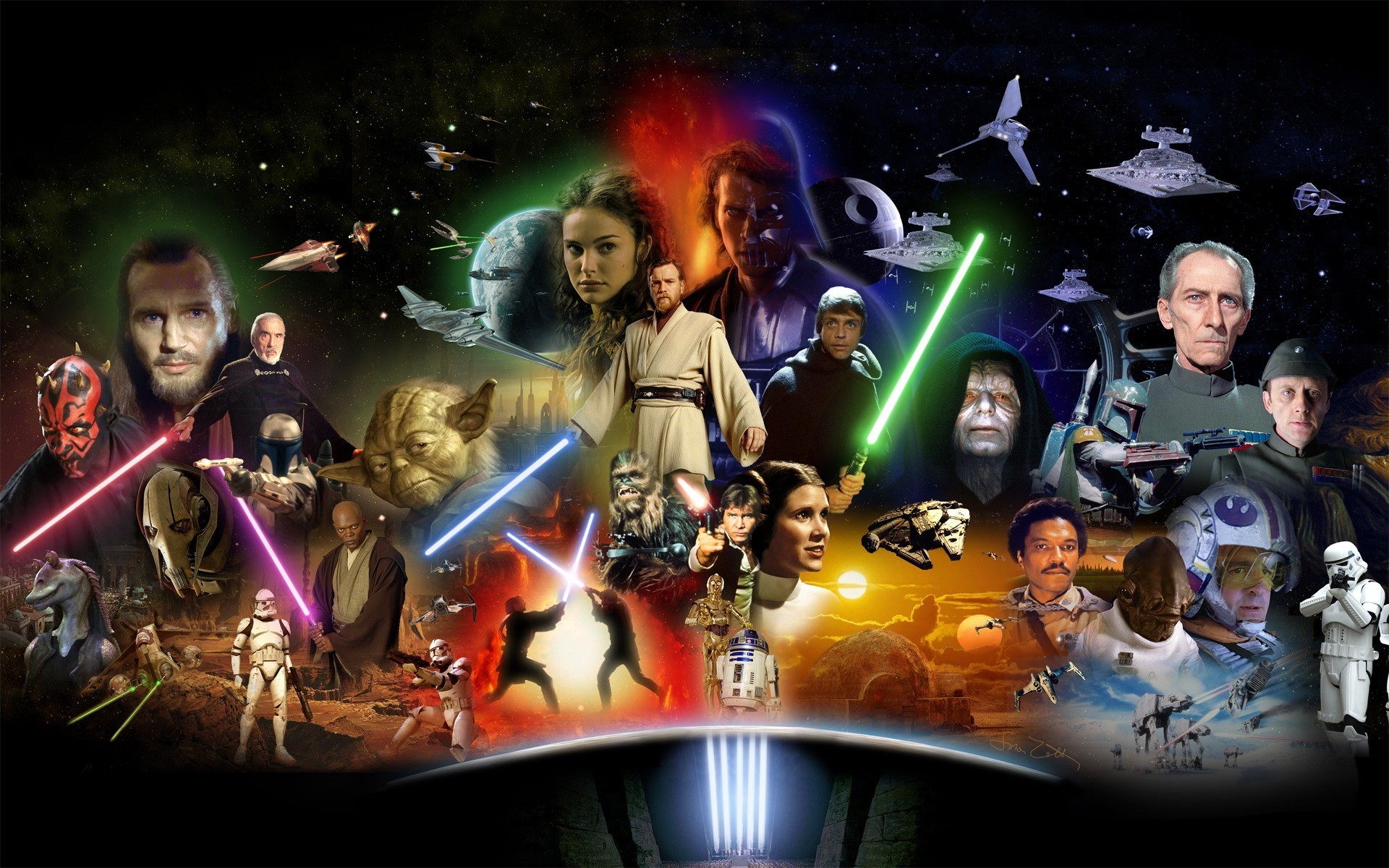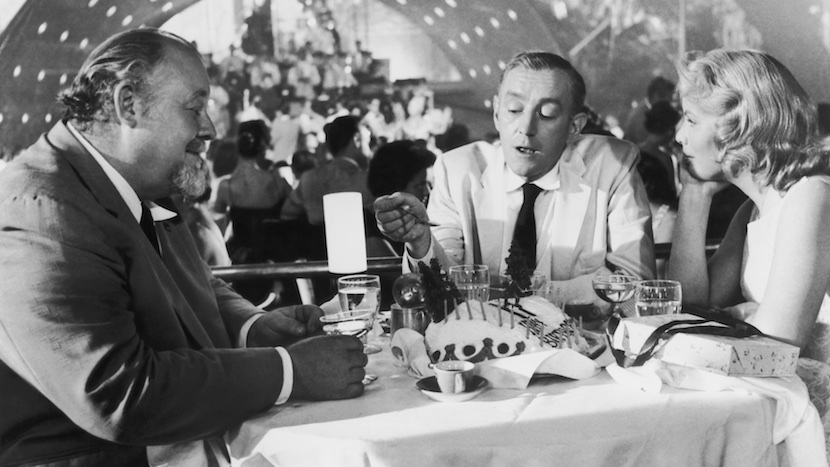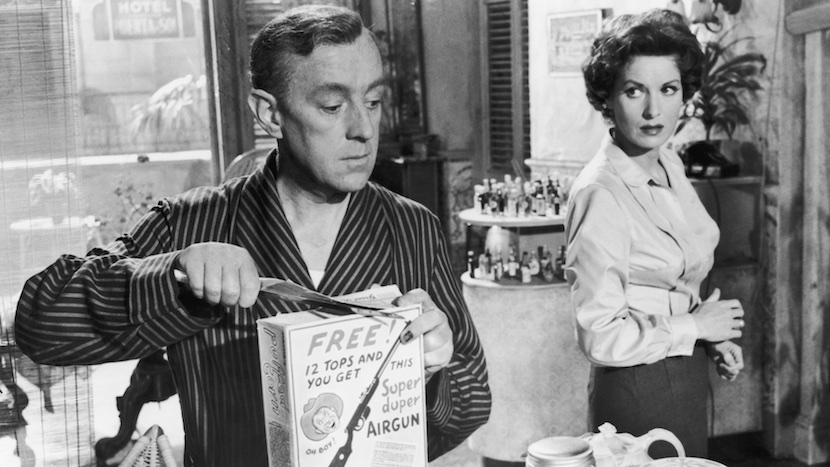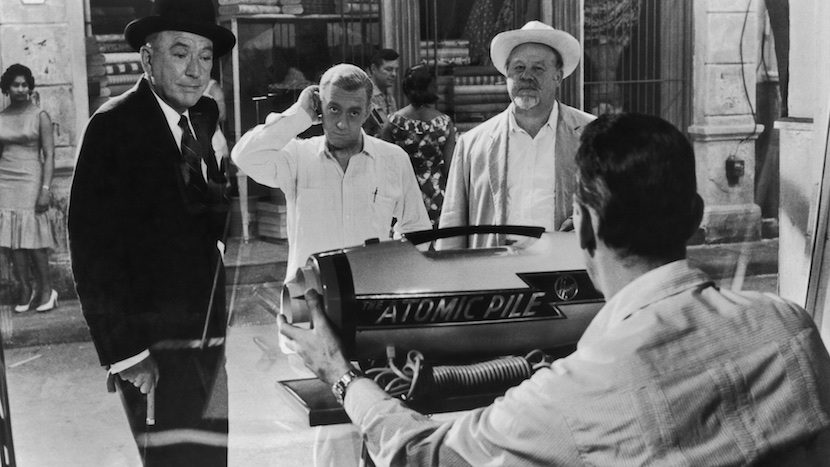The latest Star Wars production will appeal to most of it's avid followers because it's entertainment value is still prominent to it's fans.
Although the ideas, content and story line, plot, and even type of characters are repetitive and familiar, it still offers the usual elements of visual stimulation that big screen audiences go for.
Continuity is then the main theme here.
Continuity of plot, which entails similar story lines as in previous productions; ranging from the forces of good battling the forces of evil to the internal battles that good and evil need to go through to get to their consecutive inevitable end results.
Continuity of story sequences: from quiet moments of character interaction to loud battles and fast spaceship chase scenes.
Continuity of characters, including the lovers, the teachers, the leaders and the guides, as well as the funny imaginative creatures in space (some of the usual ones and other new ones with novel physical aspect even if not inventive in how they are represented as side line characters).
Continuity of dialogue: not in the sense of actual repeated phrases from previous star wars films, but in how the individuals convey meanings to one another.
Continuity of visual effects and digital work, in the sense that the technology is almost the same, as well as the props used.
And finally continuity in casting, which a lot of directors and producers seem to opt for these days for sequel movies, in order to give the audience a sense of the familiar and to make them feel secure and safe as well as included in the latest production.
This latter we see most directly through the recruitment of the two main actors from the previous productions who played princess Leia and Hans Solo.
The idea is that when we see them on screen, we remember the good old days of Star Wars and we feel inclined to, not only enjoy the latest movie of this kind, but also to feel part of their world again.
This also allows the director to leave the door open for future similar genre films and to introduce us gently to new faces and new actors, who thus are symbolically approved by the trusted older cast because they appear in the same image frame together.
We have 'stars in our eyes' because we then not only see the 'internalized' older actors in our mind's eye, but also the new cast as part of this ongoing continuous scenario of images.


Although the ideas, content and story line, plot, and even type of characters are repetitive and familiar, it still offers the usual elements of visual stimulation that big screen audiences go for.
Continuity is then the main theme here.
Continuity of plot, which entails similar story lines as in previous productions; ranging from the forces of good battling the forces of evil to the internal battles that good and evil need to go through to get to their consecutive inevitable end results.
Continuity of story sequences: from quiet moments of character interaction to loud battles and fast spaceship chase scenes.
Continuity of characters, including the lovers, the teachers, the leaders and the guides, as well as the funny imaginative creatures in space (some of the usual ones and other new ones with novel physical aspect even if not inventive in how they are represented as side line characters).
Continuity of dialogue: not in the sense of actual repeated phrases from previous star wars films, but in how the individuals convey meanings to one another.
Continuity of visual effects and digital work, in the sense that the technology is almost the same, as well as the props used.
And finally continuity in casting, which a lot of directors and producers seem to opt for these days for sequel movies, in order to give the audience a sense of the familiar and to make them feel secure and safe as well as included in the latest production.
This latter we see most directly through the recruitment of the two main actors from the previous productions who played princess Leia and Hans Solo.
The idea is that when we see them on screen, we remember the good old days of Star Wars and we feel inclined to, not only enjoy the latest movie of this kind, but also to feel part of their world again.
This also allows the director to leave the door open for future similar genre films and to introduce us gently to new faces and new actors, who thus are symbolically approved by the trusted older cast because they appear in the same image frame together.
We have 'stars in our eyes' because we then not only see the 'internalized' older actors in our mind's eye, but also the new cast as part of this ongoing continuous scenario of images.












